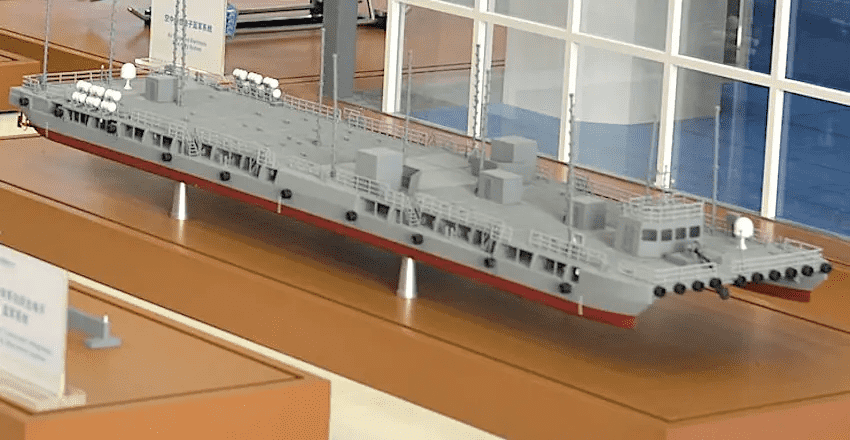The Electromagnetic Warship Takes Shape
In the Taiwan Strait
Electromagnetic weapons are not an easy sell for toymakers. What you see in the image is not a commercial model kit that someone built. Is is a real shipbuilder’s working model of an electronic warfare barge at a trade show. Yawn, right?
Using a tug, or under its own power, this barge can mimic the electromagnetic (EM) appearance of an aircraft car…
Keep reading with a 7-day free trial
Subscribe to Polemology Positions to keep reading this post and get 7 days of free access to the full post archives.


